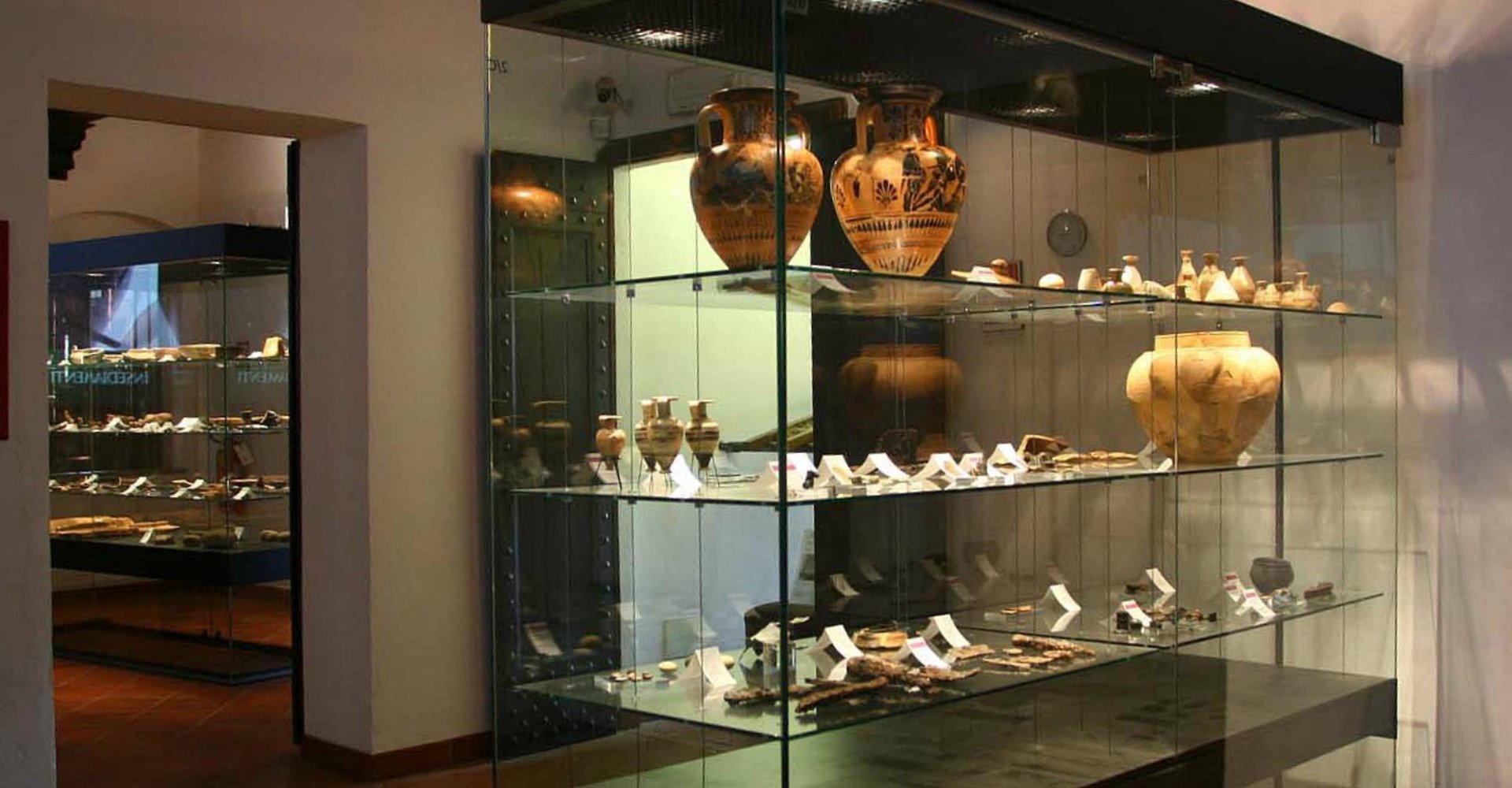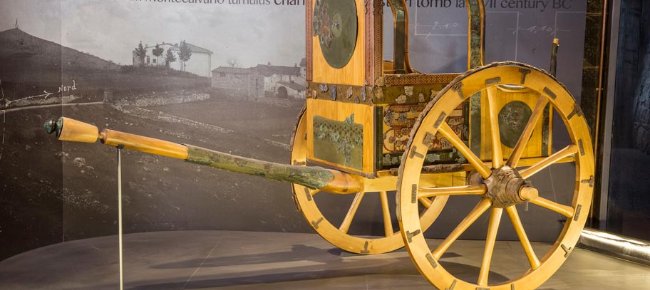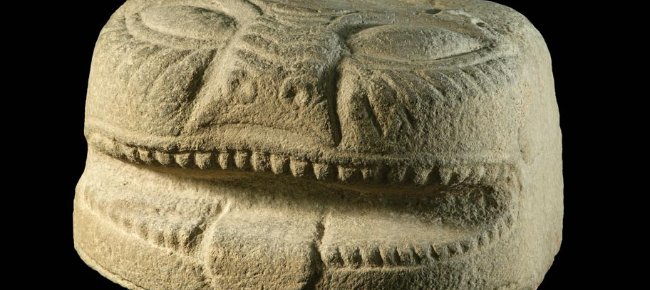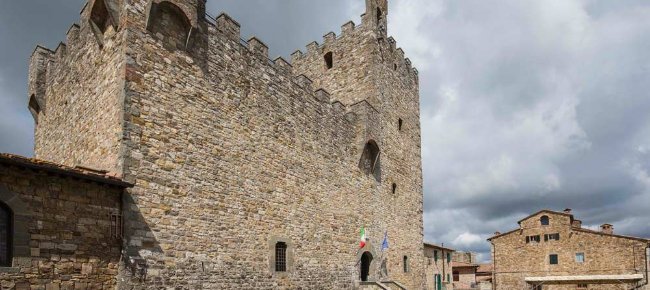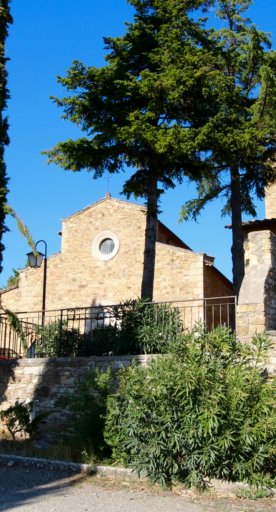Archeological Museum in the Siena Chianti
In Castellina in Chianti, an exhibition to discover the Etruscans
The Archeological Museum in the Siena Chianti is located in the medieval village of Castellina in Chianti and is dedicated to Etruscan history in the Chianti territory, using materials and archeological remains coming from four municipalities: Castellina, Gaiole, Radda and Castelnuovo Berardenga.
Located in the Rocca with the tower, which the Florentines built in the 15th century to defend their territories from the neighboring and hostile Republic of Siena, the museum houses archaeological finds that testify to three important moments in the formation of the Chianti "landscape". Thus, one discovers the Chianti of the shepherds of the final Bronze Age (11th-10th centuries B.C.), the Chianti of the Etruscan princes, corresponding to the archaic phase of Etruscan history-from the late 7th century B.C. to the late 6th century B.C. -, the Chianti of the fortified highland settlements, which developed during the 4th century BC.
Prominent among the rich grave goods of the local Etruscan aristocracy is the Montecalvario chariot: the chariot, which accompanied the warrior to the battlefield or during parades, followed him to the burial ground where archaeologists recovered its fragments in the early 20th century. Also very distinctive is the lion's head found in the Montecalvario mound tomb.
A visit to the museum includes the fortress, from which there is a striking view of the town and the Chianti mountains.
